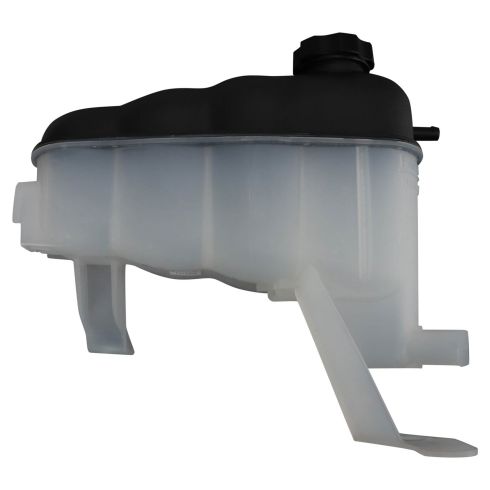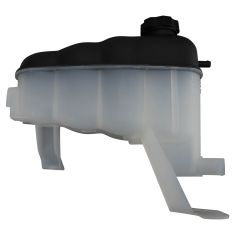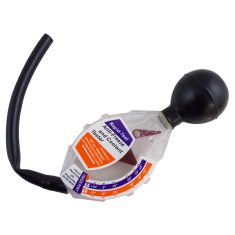1AROB00649-Chevrolet GMC Cadillac Coolant Reservoir TRQ ECA62861

Replaces
2008 GMC Sierra 3500 HD V8 6.0L Coolant Reservoir TRQ ECA62861

Frequently bought together
Product Reviews
Loading reviews
4.50/ 5.0
2
2 reviews
Good fit if you have exactly the same thing
April 9, 2024
Said it fits my truck (2009 Silverado 1500 LT 2wd) but found it has a low coolant sensor port on the bottom that is not installed on my vehicle. Plugged with epoxy and a bolt. Doesn't leak now. Check to see if you have a low coolant sensor or plan to plug the hole the same way.
Exact replacement for 2007 GMC Sierra 1500
July 24, 2024
Exact same as the original part for 2007 GMC Sierra 1500 new body style. Video was extremely helpful when replacing it.
Customer Q&A
No questions have been asked about this item.
GMC is a registered trademark of General Motors Company. 1A Auto is not affiliated with or sponsored by GMC or General Motors Company.
See all trademarks.











